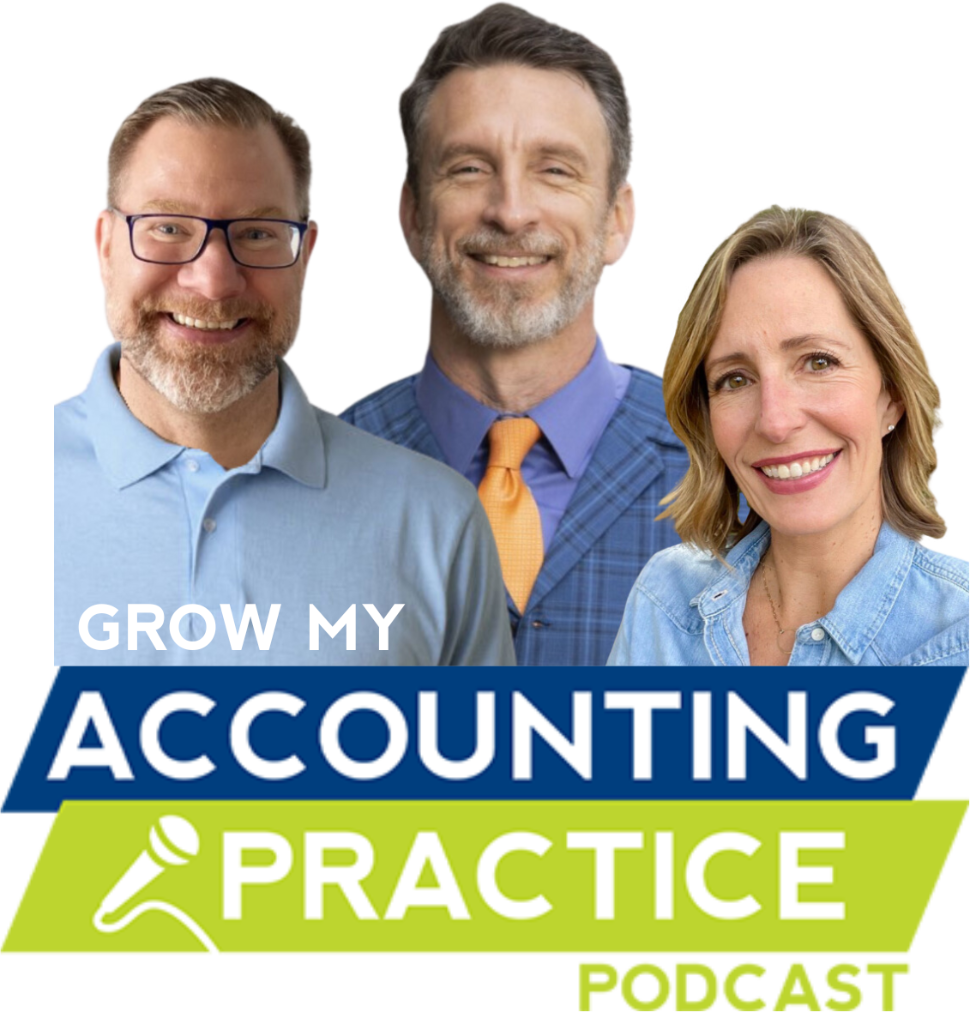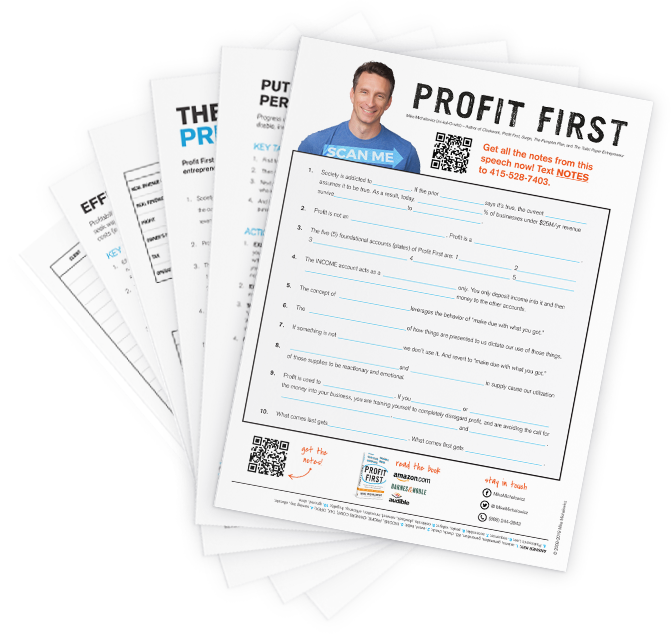We got spoiled.
In 2020 and 2021, business owners were clamoring for help. Accountants, bookkeepers, and financial coaches were the beneficiaries, and for a moment in time, we basked in the glory of knowing business owners saw us as the trusted advisors we are.
Then the world opened back up, and things slowly returned to business as usual.
Now, with the economy still in a state of uncertainty, many business owners are cutting back on financial services. Just as we benefited from the surge in demand at the start of the pandemic, we now feel the discomfort of our prospectsâ and clientsâ decisions to tighten their belts. Sure, the dwindling number of accounting services professionals works in our favor to an extent, but many providers are finding it harder to retain existing clients in the high-value services we want to offer and to attract new high-paying clients.
But that doesnât mean you should throw your hands up in defeat. In fact, there are four client attraction tactics that are bringing our Profit First Professionals members great success.
Wanna know what they are? Read on!
Tactic #1: List nurturing
Unless you started your business yesterday, you have the following lists:
- Prospects who didnât become clients
- Former clients who departed on good terms
- Current clients who arenât fully utilizing your services
Thatâs three groups of people you can market to. And the best thing about these lists? The hardest part of marketing to them is already done. Youâve already gotten their attention. Now you just need to nurture them.
How?
Provide them with valuable, actionable information that (1) they can use and that (2) highlights the ways you can help them.
Donât worry about âgiving away the farmâ; you arenât going to go into their numbers and solve their specific problems. Instead, you are going to give them just enough information â in the form of targeted emails, short videos, and simple resources â to show them what is possible if they work with you.
List nurturing takes time. Donât expect to get a new or increased engagement with the first email. Build out a sequence of 12-16 emails you can âdripâ on your lists over the course of several weeks, saving your âletâs schedule a time to discuss how I can help your business with thisâ call to action for some point during the second week of emails.
Once this sequence has run its course, put anyone who hasnât responded or engaged on a âkeep warmâ list, and send out a monthly â or even biweekly â email to them to keep you at the top of their minds.
Tactic #2: In-person networking
Those of us who are a bit more on the introverted side of the scale have been more than happy to let in-person networking fall by the wayside these past few years. However, depending on which research you choose to believe, anywhere from 50-75% of the population is extrovertedâŚand they really, really missed in-person networking.
Love it or hate it, in-person networking is one of the fastest ways to gain trust, which we all know is a financial professionalâs most important asset. Our Profit First Professionals members who are engaged in in-person networking are finding they get results quickerâŚusually within three months of networking with a new group. (Email marketing is usually taking at least six months to produce results, and those are the exceptional cases.) In-person networkers are also signing higher-end engagements.
Tactic #3: Talk to low-revenue prospects
One of the biggest mistakes I see financial professionals make is to base their decision to speak with a prospective client on the businessâs revenue. I could write an entire article about why this is a horrible idea, but for now, letâs focus on the solution:
Do some research before rejecting the prospect.
Is this a new business?
Is the business owner an employed professional or a retiree?
Does this prospect currently own another business, or have they owned a business in the past?
You can get most of this information from LinkedIn. A âyesâ to any of these questions could be an indicator that the business owner has money to invest in the business, meaning they have money to invest with you.
So, talk to (almost) EVERYONE. Sure, youâll kiss some frogs in the process⌠but youâll also likely find a prince(ss) or two.
Tactic #4: Sell your prospect what they want⌠not what you think they need
Back in May, marketing consultant Robin Robbins spoke with our Mastery level PFPs. She shared tons of great examples, but one in particular has stuck with me:
A business owner calls an IT company because their Wi-Fi is out. The IT company launches into a sales pitch for their managed services program. The business owner isnât interested in managed services⌠they just want their Wi-Fi fixed. The IT company doesnât do break/fix work, so they send the business owner to another provider who does. A few months later, the first IT company discovers the business owner who called them is now on a managed services program with the other provider.
What the heck happened?
Itâs pretty easy to see from this side of the example: The second provider sold the prospect what they wanted â working Wi-Fi â and then used that as a steppingstone to sell additional services.
Now, think about the prospects who come to you for bookkeeping work, or a tax return, or bookkeeping work so they can file their tax return. Or maybe they just want a budget or a cash flow projection. You launch into an explanation of your packages and advisory offerings andâŚ
The prospect just stopped listening. In fact, theyâre Googling the phone number of the next financial professional on their list.
Yes, you want to protect your workflow. You definitely donât want to go back to the âcheckbook and a pulseâ qualifier for a client. But donât throw out the baby with the bathwater. If a prospective client wants to pay you to fix the problem they know they have, and you can fix that problem, fix it. Sell them what they want. Once youâre through the door, so to speak, then you can make suggestions about how you can continue working together. Thatâs when you can sell them what you know they need.
Bonus Tactic: Collaborate with other professionals
Remember Tactic #2? Yeah, the one you skimmed past because you really donât like in-person networking (I see you, fellow introvert). Hereâs a secret to networking that will pour rocket fuel on your client attraction efforts.
Profit First Professionals who are leveraging in-person networking arenât only â or even primarily â networking for new clients. Instead, they are networking for and with complementary service professionals with whom they can share business. These connections are broadening their sphere of influence, providing them with referral partners who understand the sorts of clients they want to work with, and shortening the sales cycle when the introduction is made.
Suggestion #1 (good): Find a networking group â like your local chamber of commerce, or your bankâs lunch and learn series â where you can find attorneys, insurance brokers, bankers, and HR and IT professionals. Start attending this group regularly. Make connections. Build trust. Pay it forward by referring your clients who need these services.
Suggestion #2 (better): Become a Profit First Professional. Here you will find a ready-made community of complementary service providers â accountants, bookkeepers, business coaches, financial advisors, fractional CFOs â who are constantly looking for collaborative partners to help them help their clients become more profitable. Click here to make your fully-refundable deposit and schedule your enrollment call.


















